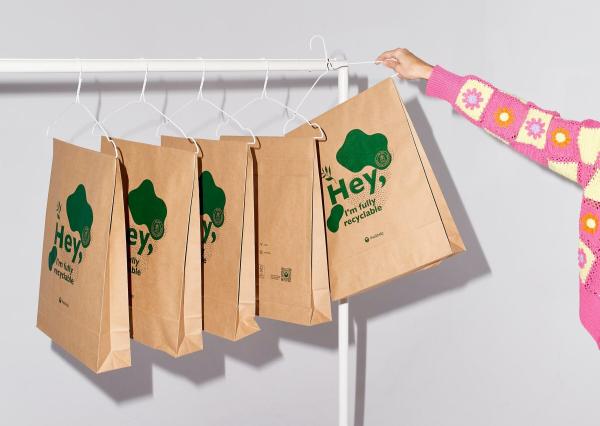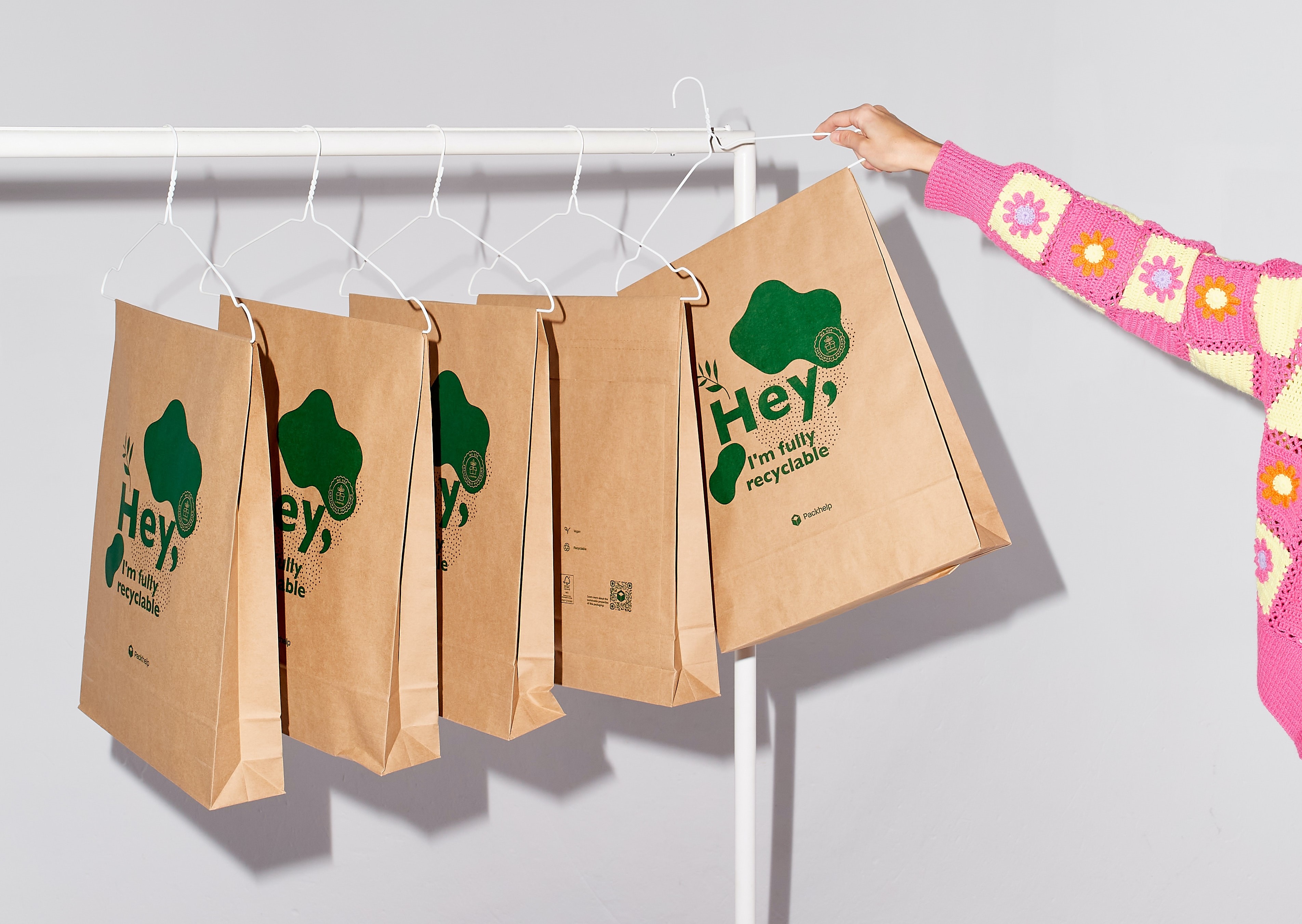Sustainable Packaging Options For Children's Toys And Products
- March 30 2023
- 3 min read
Sustainable Packaging Options For Children's Toys And Products


The packaging style of children's toys and products goes a long way in determining how a child will perceive the toy or object. The rule that remains for children's toys is that the packaging should be as captivating as what's inside. Without this component, you may have lost the kid forever. Notwithstanding the need for aesthetics, sustainable packaging is also a must.
Sustainable packaging is essential to reducing the environmental impact of children's toys and products. These options for children's toys and products must consider both the materials used and the design of the Packaging.
One of the most significant challenges facing the toy and product industry is the amount of waste generated by packaging. Plastic packaging is the most common type used in the industry and is often difficult to recycle. This means that most plastic packaging ends up in landfills or the ocean, where it takes hundreds of years to degrade.
4 Sustainable Packaging Ideas You Can Get On Board With In 2023
Here are some material and method ideas that can help your toy packaging game this year:
The use of kraft paper
Kraft paper is one of the main sources of renewable packaging. It is a sturdy, long-lasting alternative to common plastic packaging. Because it is entirely natural, kraft paper decomposes quickly when discarded.
This packaging option is frequently used to make corrugated shipping boxes because of its durability. It is excellent at preserving the goods during delivery—not just because of their attractive rustic appearance.
Toys should be placed in a kraft shipping box if you send them through the mail since it will keep them secure.
Cornstarch plastic designs
Cornstarch packaging is a natural, biodegradable polymer that replaces polystyrene and plastics. While it is now most widely used for fast food, it can potentially replace packaging in various industries.
It is one of the forthcoming agricultural waste-derived bioplastics and is used to produce a variety of plastic grades, including those intended for thermoforming and injection molding.
No matter what the shape of your toy is, these natural plastics may be molded to fit it.
The fact that cornstarch plastic breaks down organically may be its strongest selling point. Instead of the harmful chemicals that conventional plastics produce, all that is left behind is carbon dioxide and water.
Consider using cellulose nanofiber.
Compostable and biodegradable packaging are excellent substitutes for conventional plastic packaging. One of these products is cellulose nanofiber. Companies can use organic ingredients to make clear plastic alternatives typically derived from wood pulp.
Moreover, the manufacture of cellulose nanofibers is very environmentally beneficial. It's highly renewable because it can be created from hemp, cotton, and wood. Therefore, its production can readily continue without the negative effects of conventional plastic.
If you're unsure of the value of this organic plastic, you might be interested to know that it is now utilized in food packaging. The plastic is safe and can be conveniently thrown away in your home compost bin.
Design innovations
In addition to the materials used, the packaging design is critical in creating sustainable packaging options for children's toys and products. Packaging should be designed to be easy to recycle or compost, with clear labeling and instructions. Packaging should also be designed to be compact and lightweight, reducing the amount of material needed and the cost of transportation.
Conclusion
In conclusion, sustainable packaging options for children's toys and products must consider both the materials and packaging design. Paper-based packaging, compostable packaging, reusable packaging, and innovative packaging designs can all help to reduce the environmental impact of packaging. Since getting affordable, sustainable packaging may seem difficult, we have helped you buffer the effect of these changes by offering you amazing eco-friendly packaging options.
Gain access to Orders, Tracking, Custom Options and Much More!